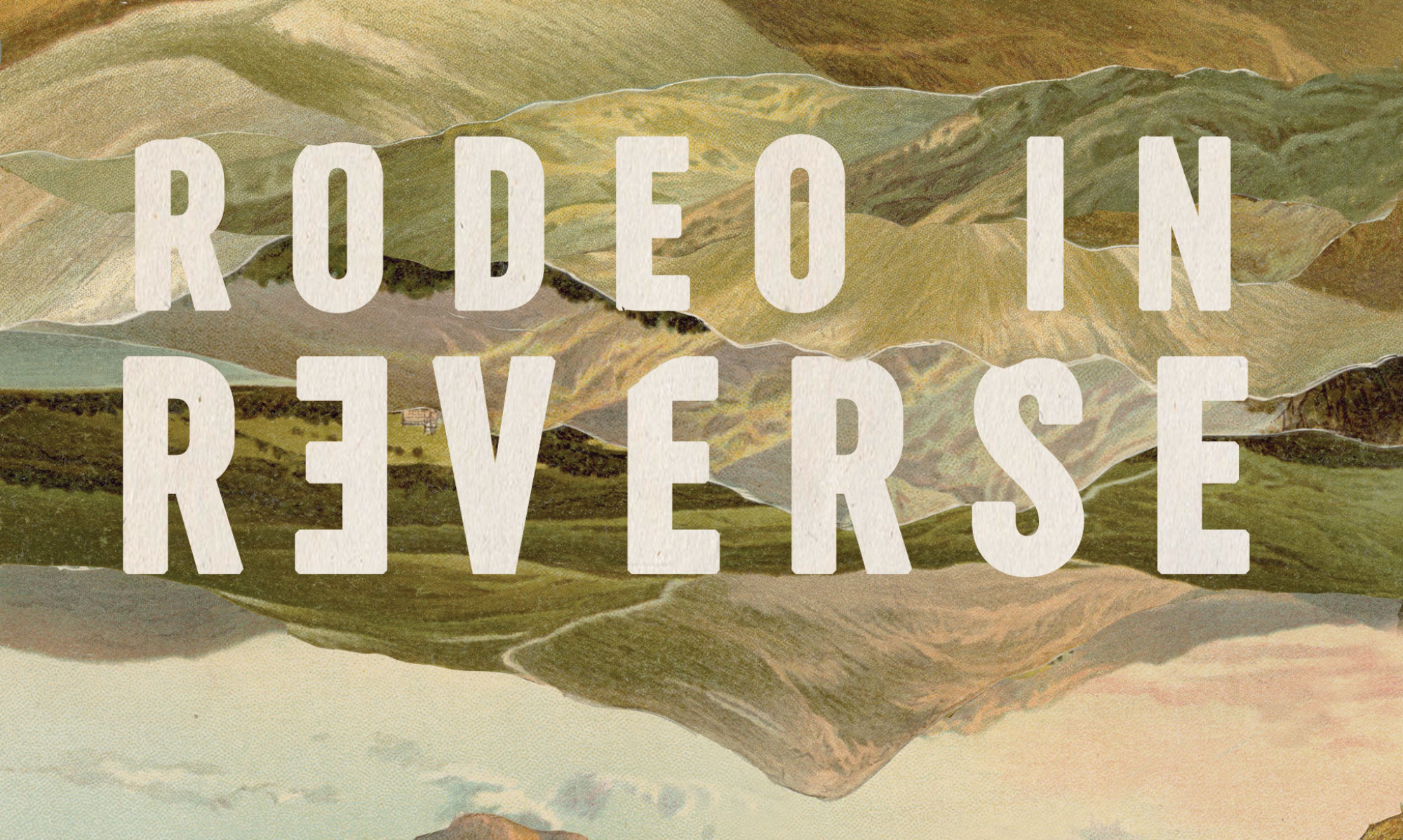If you’re sheltering in place at your home, wow, lucky us to have shelters. Yet, these are weird times, difficult even for those of us who have it relatively easy (which is to say those of us with food, shelter, health, enough, “non-essential work” or the future promise of work or enough savings it will be fine), and so I’m using the f-bomb liberally. (Sorry, grandparents!) That F stands for “free.” Of course you can subscribe to things and stream things, etc., but if your hours are light or your pockets moth-eaten or you’re Taylor Thrift, here are free resources to help you through.
We’re all trying something new with sheltering in place and social distancing. (Hell, some of us even are new to washing our hands regularly. Think about it. Don’t think about it.) It might be a good time to try new things—learning them, connecting with others in new ways, taking alone time. Trying new things is what keeps us alive and life worthwhile. Trying new things also, uh, sucks. Dr. Brené Brown with the (research-based) wisdom.
CTFD
Gratitude is one of the best antidotes to anxiety. Here is a gratitude journaling prompt I wrote for this occasion.
Coronavirus Coach (what! yes, this is real and actually helpful! Thank you to Kirsten Schofield for sharing it!)
Alternate Nostril Breathing from Yoga with Adriene
Embodied Meditations with Paige Gilchrist: I recommend the recent Belly Tension and 7-Minute Reset episodes: This free resource comes as a podcast (iTunes; Spotify; web browser) from an experienced yoga teacher who guides you through a brief meditation and gentle movement
Tara Brach Guided Meditations: These free audio meditations last anywhere from a few minutes to an hour; she just posted one specifically for navigating the pandemic that is excellent.
FFS, Learn Something New with What You Already Have
Your body! Yoga for Complete Beginners: Learn yoga! All you need is your body, and a floorspace big enough to lie down. (There are also chair and wheelchair videos, as well as videos for seniors.) Or try Diane Bondy’s “Yoga for Reluctant Beginners” series with a free trial of OmYoga (just be sure to turn it off if you don’t want it)
Your pantry! Food with Chetna: Learn to cook! A lot of her recipes are easy to sub in and out with pantry items.
Your non–toilet paper paper! Learn to doodle with children’s illustrator Mo Willems: He’s doing a lunch doodle a day while we’re all stuck here.
GTFO (Escapism)
If you’re a member of your local public library, most have access to e-books and audiobooks. You can search through your local library catalog. (Mine uses the Libby and Hoopla and Cloud Library apps.)
Kanopy (also available through many libraries) offers movies for free (included with your library membership).
PBS offers many of its documentaries for free.
You can watch Buffalo Nickel, a short film starring Rukhmani Desai.
You Must Remember This tells the stories behind classic Hollywood, and recently ran a series called “Make Me Over,” about Hollywood’s influence on the beauty industry.
Free dance parties with DJ D. Nice
Free concerts from many of your favorite musicians on Instagram
Virtual museum tours (L’Ouvre, NASA Langley Research Center, the Isabelle Stewart Gardner Museum (a personal fave), the High Museum of Art)
Mediated nature: The Cornell Bird Labs live cams; San Diego Zoo live cams; penguins taking the stairs; bats peeing
Nature nature: Go for a walk—just stay six feet apart from everyone you pass.
Get It the F Together
The Sequester Checklist: How to add a little structure to these days by Earth-angel Carrie Frye
Pantry recipes from NYT (free for a few clicks)
WFH tips from yours truly, who’s already been done WFH for years





